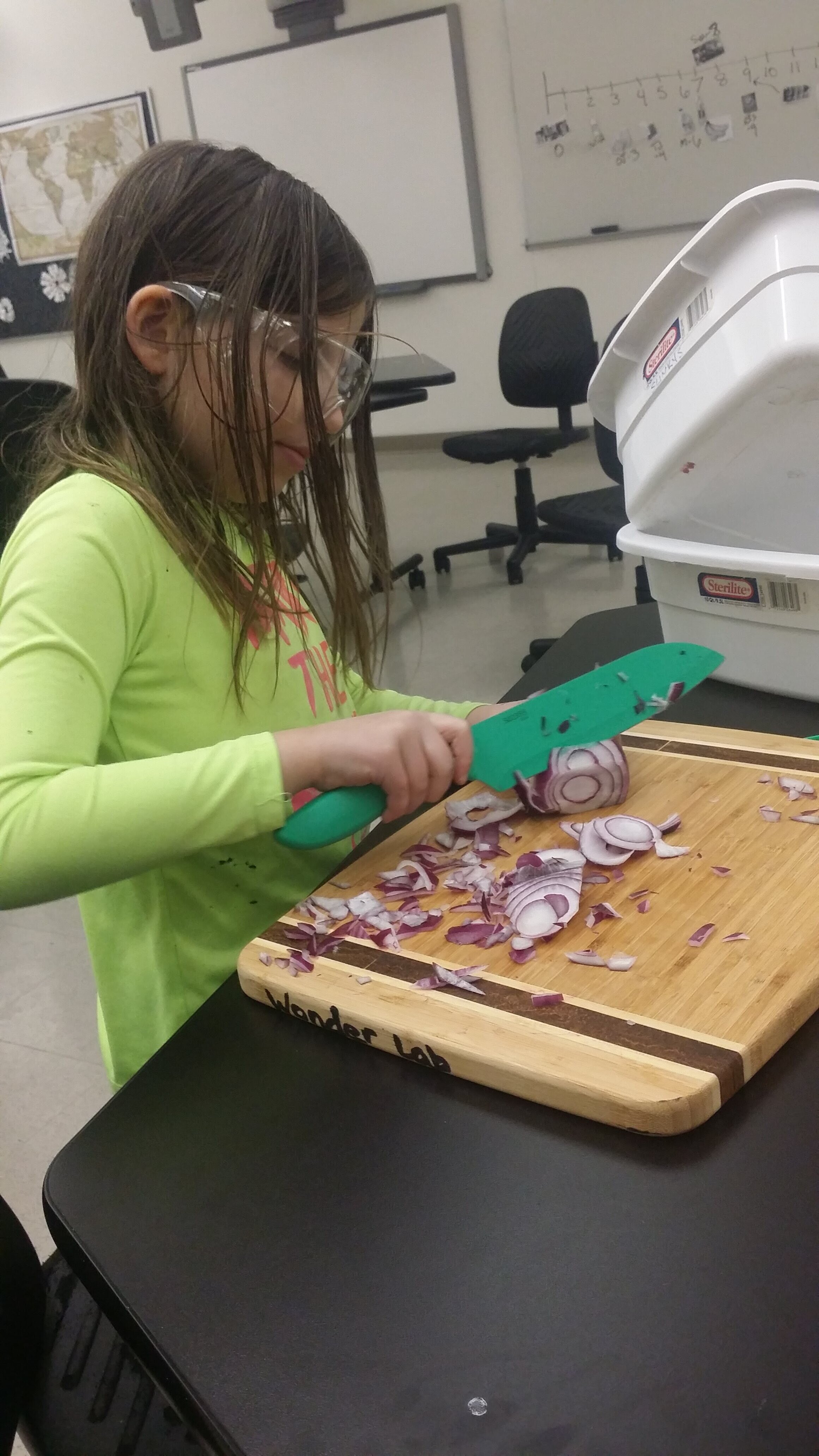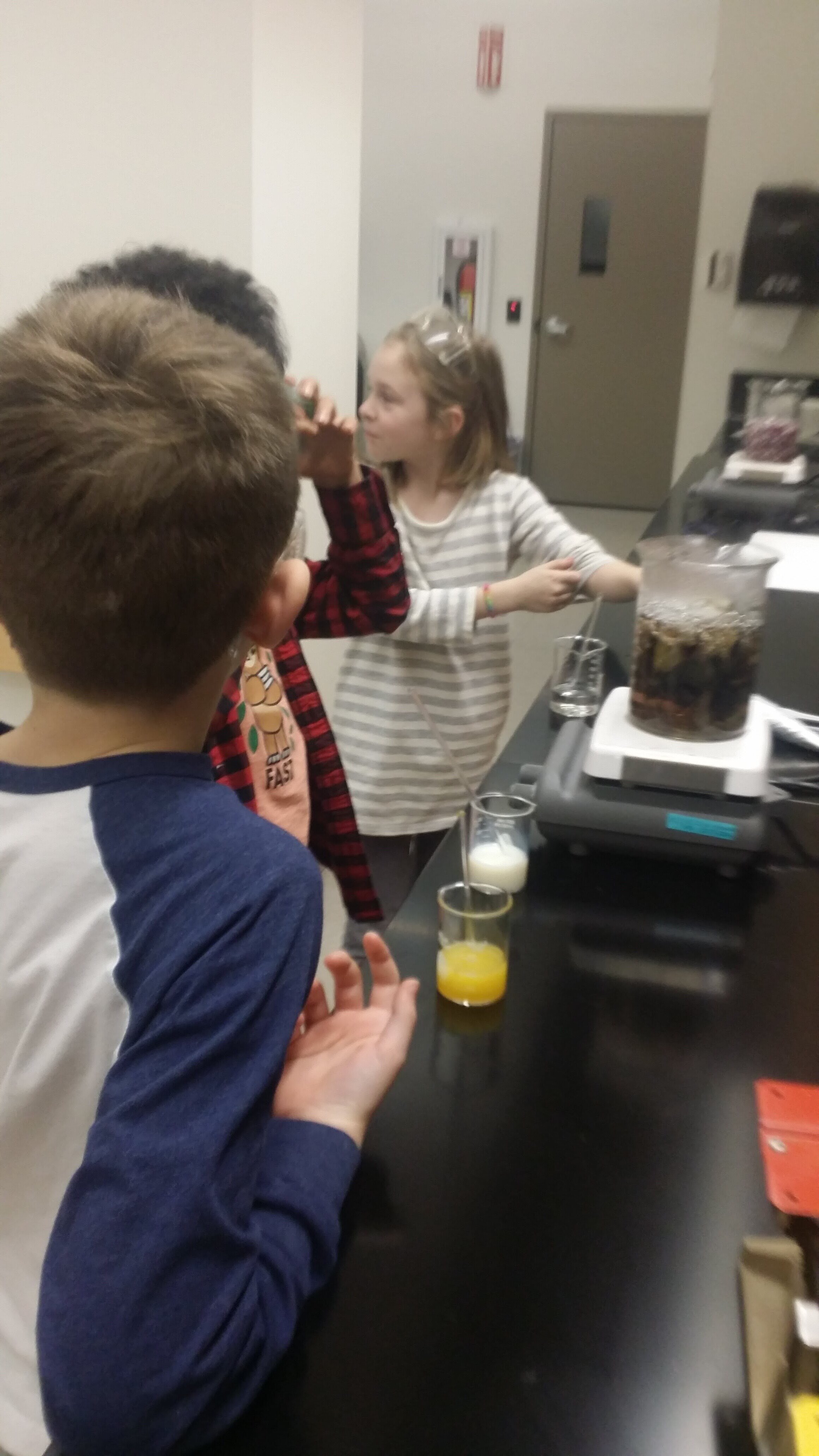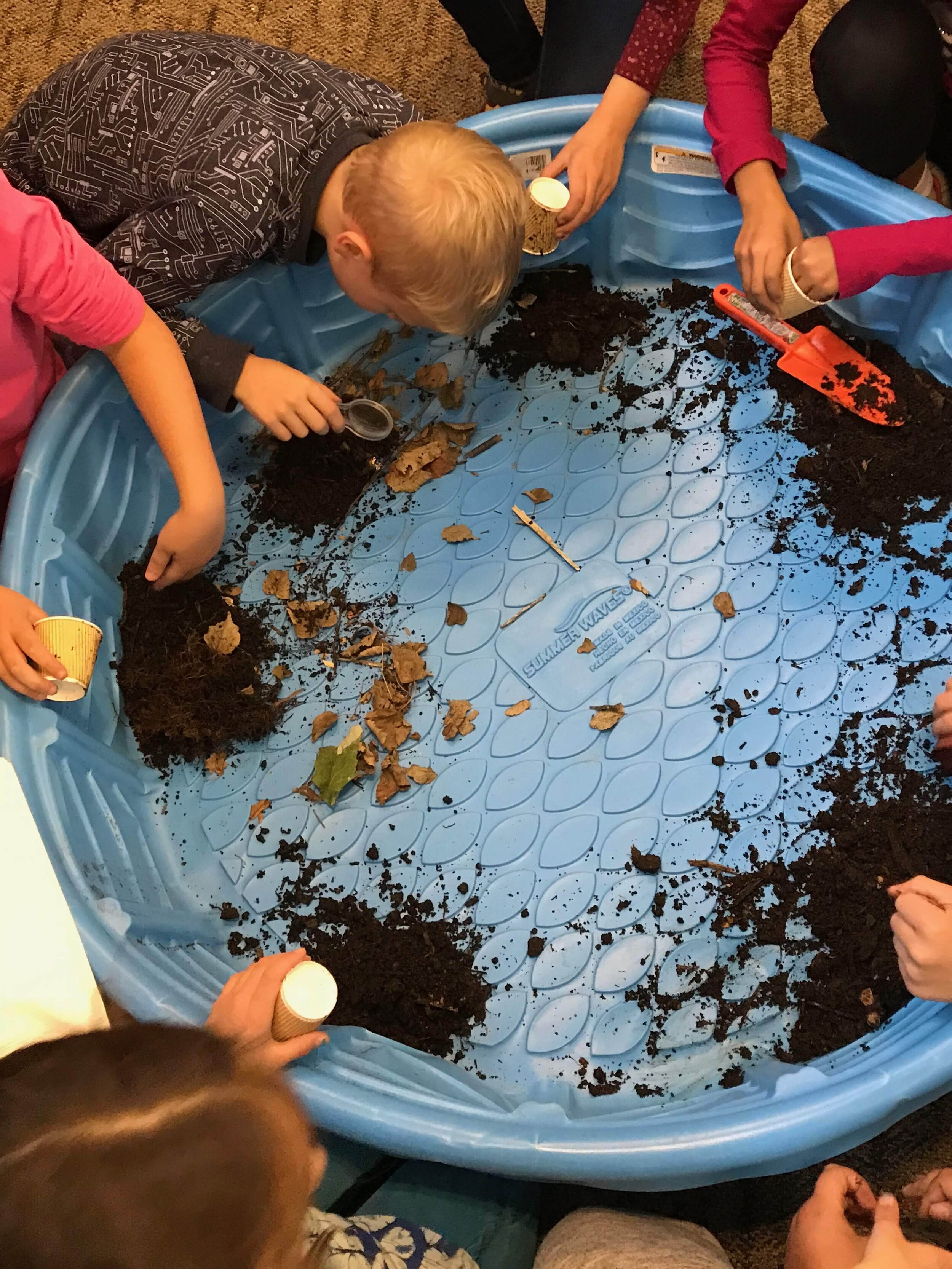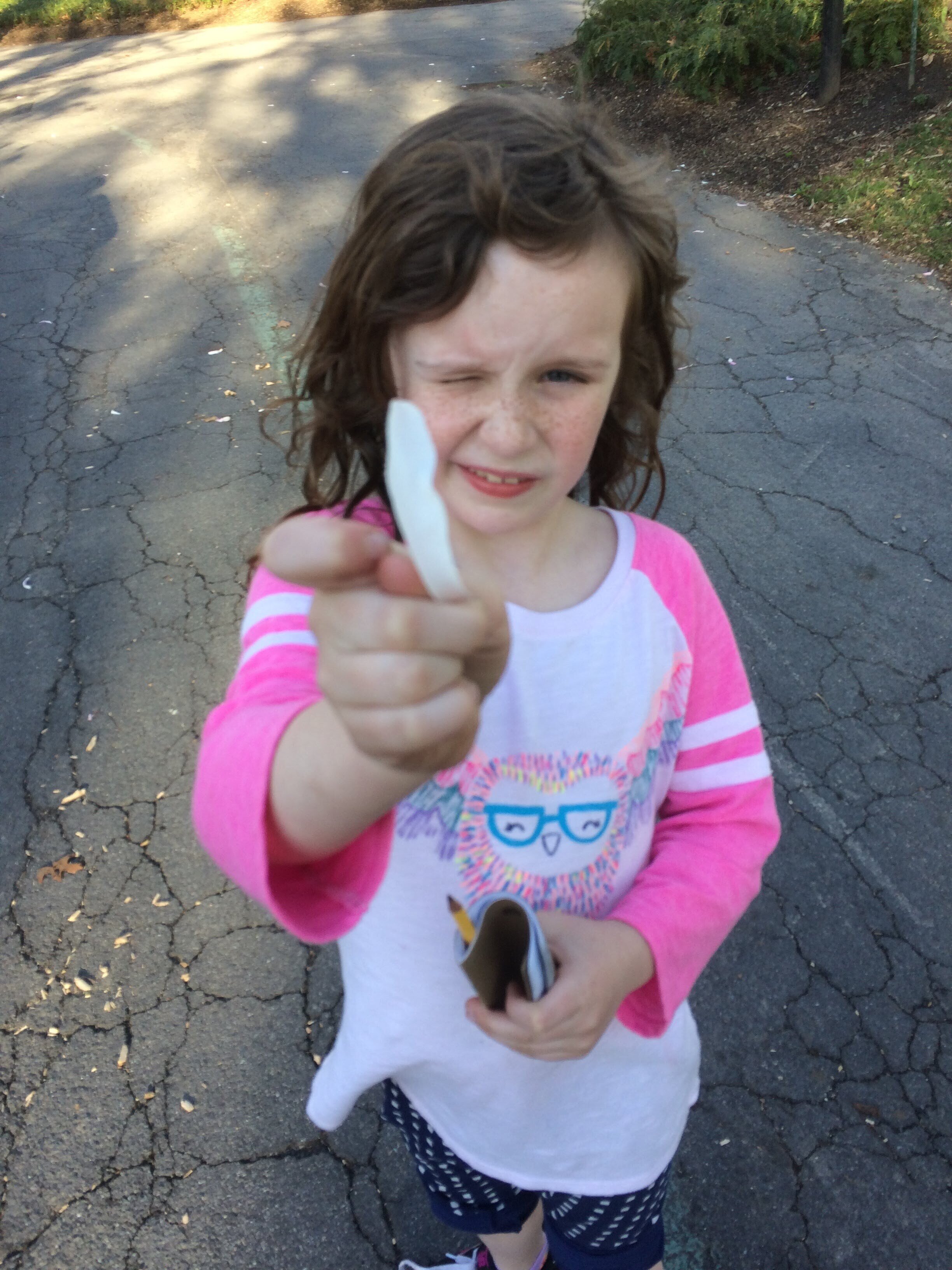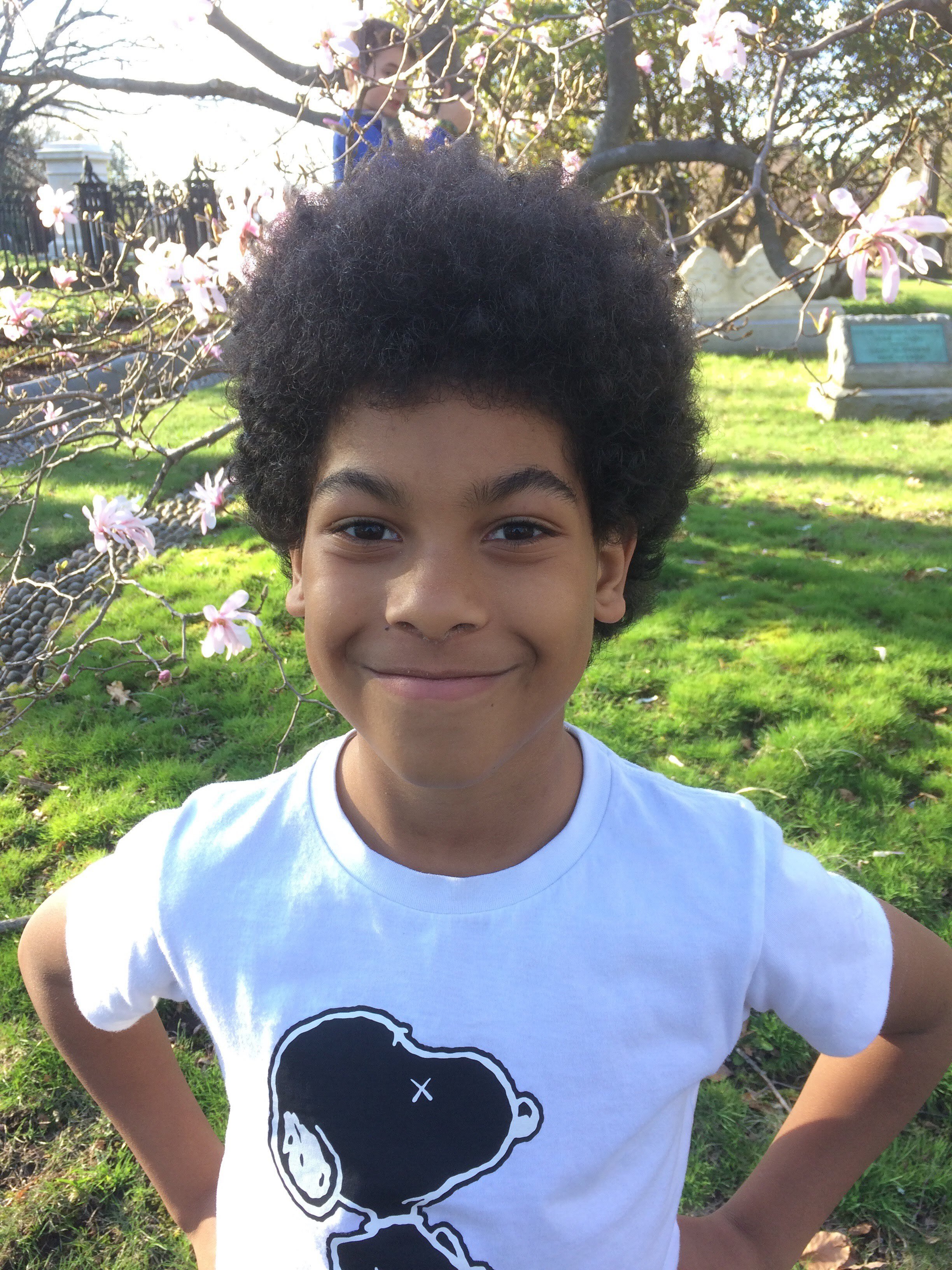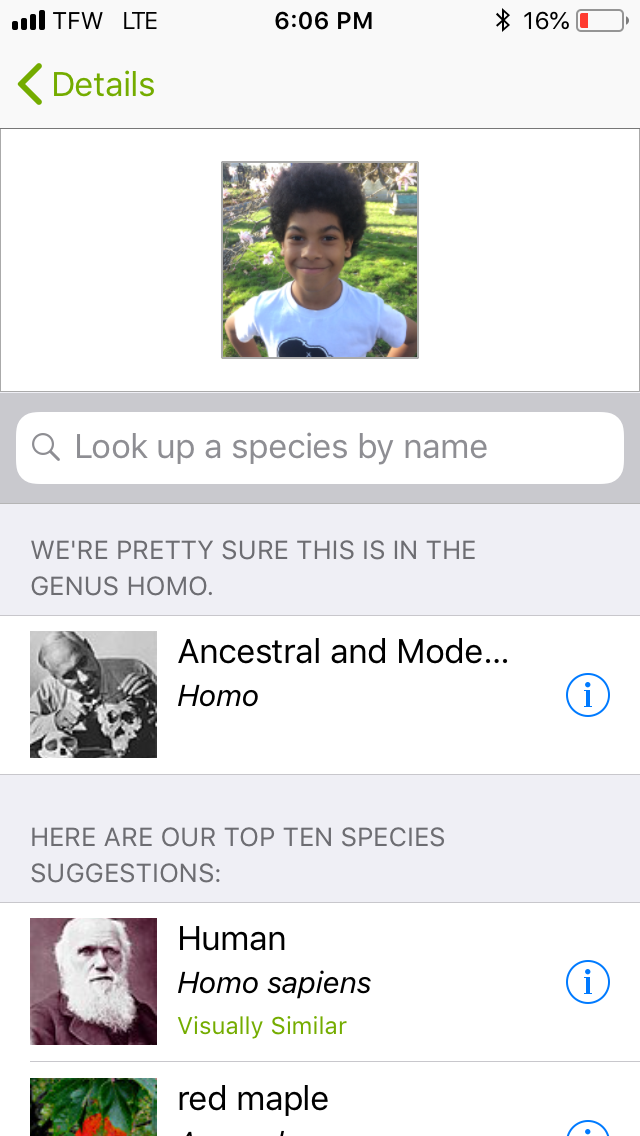#3: Chemistry Classics
Hello,
We hope that you all had a great weekend. From mud painting to Mac and Cheese experiments, we have exciting and sometimes messy chemistry activities that can be done from home.
ph Experiments
pH describes the acidity and alkalinity of chemicals and other substances, or how sweet or bitter something is. At first, it might seem like a tricky subject for kids can grasp, but you would be surprised!
Basic Terms
pH is the unit of measurement for chemicals, that ranges on a scale of 0-14.
An acid has a pH value less than 7. These things might be sweet, citrus, or bitter. Coffee, milk, and lemon juice are common examples.
A base (or an alkaline) has a pH value greater than 7. These things might be soapy, bitter, or slippery, like soap or bleach.
A neutral is anything in the middle at a 7, like water.
An indicator can tell us more about something’s pH level.
Volcanoes
Perhaps you have done this one before. Either way, this first lab might get a little messy. If a substance is one an extreme end of the pH scale, like if you got too much bleach on your skin, you need something neutral like water to calm it down. Mixing acids and bases can lead to explosive results. Vinegar is acidic, while baking soda is basic. You can combine the two to make your very own volcanoes. You can experiment with different ratios between the ingredients, different mixing methods, try to stop the eruption with water, or trying other safe household basics and acids. You can also build your own volcano structure to do it in out of recyclables, arts and crafts supplies, tin foil - whatever you have at home.
Cabbage Indicator
In this exciting lab, you can make your own pH indicator. Simply grate or cut red cabbage, mix it with boiling water and let it sit until it is at a safe temperature to work with. Strain the mixture into a bowl or jar so you can have the purple indicator and throw away the remains of the cabbage. Use some of your indicator with a sample of a household substances like milk, juice, dish soap, baking soda, vinegar, and others, and notice the color changing effects! Acids should make the indicator more pink, while bases should make the indicator more blue. Can your kids guess what the indicator will do? Can you hypothesize and test what the pH levels of household substances might be? Can you make a work of art? Kids can test their curiosity using small amounts of the indicator and substances to play with the color-changing effects. Can you make it turn red or green?
More pH resources
Fizzy art - using baking soda, vinegar, and food coloring to make colorful works of art
An extensive resource if you are doing the cabbage indicator experiment
More at-home Chemistry
Mac and Cheese Lab
This lab was a hit at last year’s school vacation camps - and tasty too! This experiment tests the viscosity or thickness of mac and cheese as you change the recipe. The original experiment in the link has a more detailed breakdown, but simply make a cheese sauce control (the normal that an experiment will compare results to) with 1/8 cut butter, 1 tbsp of flour, 1 cup of milk, and any cheese or spices to your liking. Make other sauces differently to see how changing the flour, cheese, or milks changes the thickness of the sauce. Put cooked pasta in a clear glass, and time the experiment while you pour the cheese sauce over the glass to see which is thicker. And of course, test to see which is tastiest.
Mud Painting
A WonderLab favorite, mud painting is a great way to bring chemistry outdoors and keep the messes outside.
Nature Spotlight
We have a few things for you in today’s nature spotlight.
After a cloudy and rainy week, the sun is finally out! What better way to celebrate than by making a sundial?
Leaf rubbings only require paper and pencils or crayons. If you are outside exploring, then take the paper up to rocks, plants, tree barks, leaves, or anything other interesting (and dry) things. You can also collect leaves and other objects and do your rubbings inside. Can you identify what types of leaves they are? Can you make a work of art? We also have a leaf treasure hunt to help you out (PDF).
App for Nature Exploration
INaturalist is a great tool to track and identify cool animals and plants, through easy-to-use technology and the collaboration of aspiring naturalists and conservation specialists. It is free to download on google play and the app store so you can use it on the go.
That is all we have for you this time. If there is anything that you want to see, or if your kids could use hands-on activities to match the science curriculum in stay-at-home learning, let us know. In the meantime, have a wonderful day!

